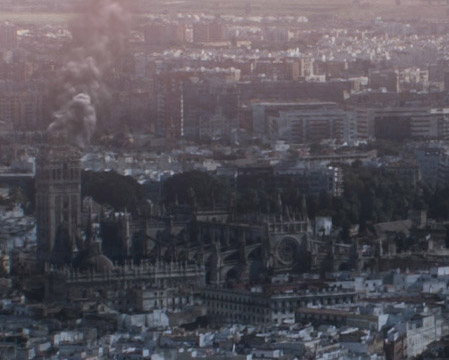Smoke. Dust. Burning ashes. Blood. The air was permeated by a strong fragrance that combined all of them. A smell that was sometimes unbearable, sometimes irritating, and impossible to avoid, not even wearing one of the masks distributed by the emergency and civil protection teams. It was the inescapable reminder that what had happened the previous day in the city of Seville had not just been a nightmare, but had been and was very real. Humanity was awakening to a new era and the epicenter of that new and brutal revelation had fallen on the innocent citizens of Seville.
The day was already advanced and despite that the sun’s rays were reluctant to touch the surface, as if they were avoiding that atmosphere of death and desolation that the former capital of Andalusia had become. President Manuel Alonso had confirmed that there was nothing more to fear, that all enemy forces had been wiped out. He did so early in the morning, during an emotional statement from Seville’s town hall, whose structure had been miraculously saved from the battle. The only thing to regret was the broken window panes and some shrapnel impacts. But in the hearts of the people of Seville, and the inhabitants of the planet who witnessed the so-called ‘Seville Disaster’ through television and the Internet, they could not help but feel an oppressive sense of anguish. And each new image of the city was a faithful reflection of the terrible moments that had been experienced…
 CLICK ON THE IMAGE TO SEE IT IN HIGH RESOLUTION AND NOT LOSE ANY DETAILS.
CLICK ON THE IMAGE TO SEE IT IN HIGH RESOLUTION AND NOT LOSE ANY DETAILS.
All the city’s bridges, without exception, had been destroyed and damaged. The army was expected to install movable bridges throughout the afternoon, but until then the only way to cross the river was by tourist barges or by helicopter. The Isabel II bridge, better known as the Triana bridge, had been the most damaged after the Quinto Centenario bridge, which had completely collapsed.
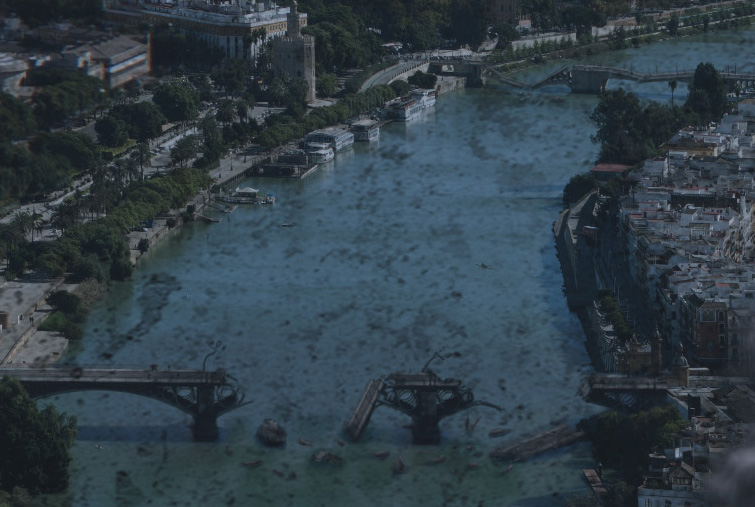

The cathedral of Seville had been partially saved. The top end of its tower, known as La Giralda, had been targeted by a plasma impact and had completely collapsed. The Maestranza bullring had suffered serious damage after a fighter plane crashed. The bus station and the Plaza de Armas shopping center had also suffered numerous damages. While the popular church of Santa Ana, in the Triana neighborhood, had completely collapsed. All those symbols of the city damaged or completely destroyed took a toll on the spirit of all the survivors. But without a doubt, the most disheartening thing was seeing that entire blocks of buildings had collapsed in different points such as Triana, Reyes Católicos Avenue or Torneo Avenue. Especially the area between the San Lorenzo neighborhood and Alameda, and a good part of the Plaza de la Magdalena-Gravina and San Pablo Street, which seemed to have been completely swept away by an earthquake. These parts of the city had not only suffered the impacts of crashed planes, but had also been the direct target of 2012 UA fire.
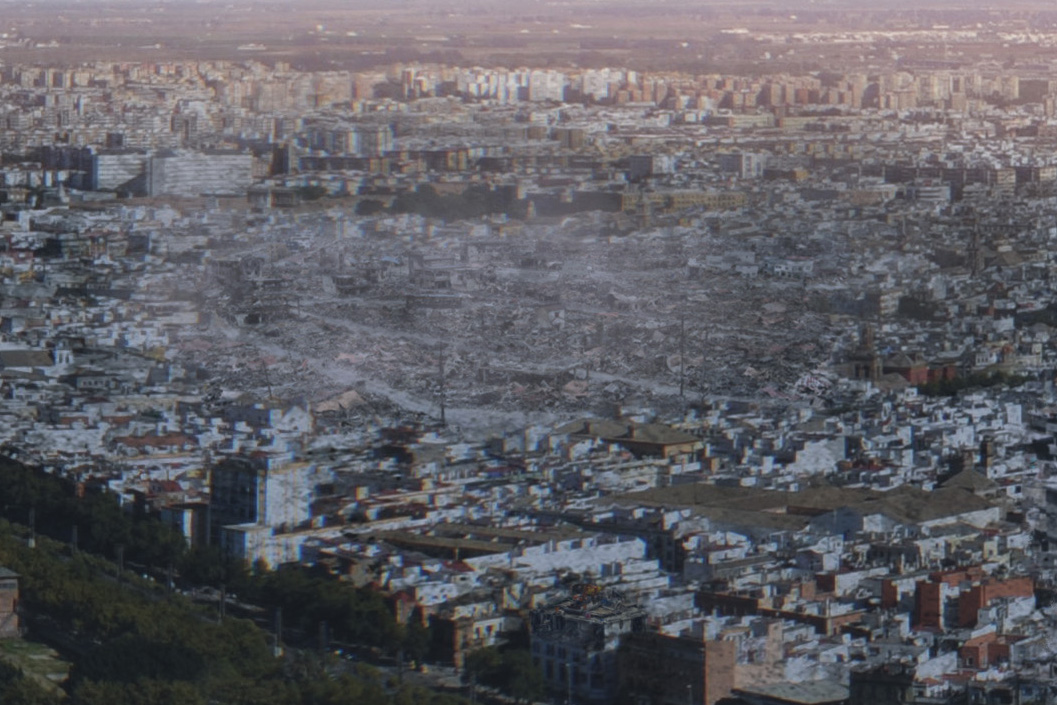

Of all the terrible scars that Seville had on its horizon right now, the one that stood out the most as a terrifying presence was, without a doubt, the ominous silhouette of the remains of the alien ship that had attacked the city, known as 2012 UA. . Surrounded by a strong contingent of soldiers and armor from the Spanish Army, and flown over by combat helicopters and drones, it was a mass of masses of dark metal, fire and smoke of an indescribable color. The press and civilians were prohibited from approaching within two kilometers, since the place of impact is where the last and fiercest fighting of the Battle of Seville took place.
Beyond the material damage, the human and personal damage was what had not only all of Spain, but the entire planet in a state of shock. The numbers of dead and injured did not stop dancing but it was possibly the greatest human tragedy in Europe in recent times. Fortunately, the medical infrastructure had avoided direct damage, but such was the volume of deaths and injuries that Seville’s hospitals were saturated beyond their capabilities. The Military Emergency Unit (UME), the Red Cross and Civil Protection had installed several field hospitals where all the wounded were treated. The volume of deaths was so overwhelming that morgues exceeded their capacity in the early morning hours. That is why the decision was made to use the Cartuja Stadium, schools and sports halls to transport all the bodies and organize an identification service.
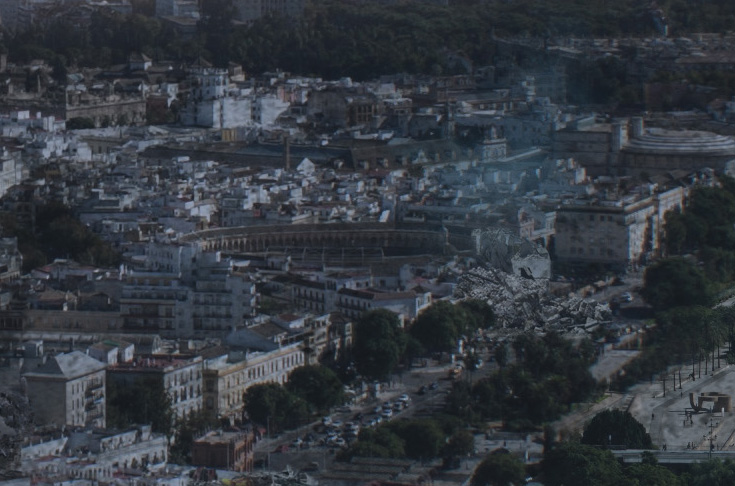

The rescue and fire teams had not rested for a moment either. There were many people who had been trapped in the ruins of buildings, in underground areas or on the bridges of the city. Early in the morning, international rescue teams began to arrive with dogs, veterans of other tragedies such as the earthquakes in Haiti or Turkey. Doctors and nurses from all over Spain were volunteering to reach Seville, but air traffic was blocked and land roads were badly damaged.
And despite all attempts, the situation was still chaos in the city. Communications were still not working, as the telephone network had been badly damaged in the battle. Only the Internet seemed to barely survive and thanks to the fact that the main telecommunications companies had begun to install a network of large WIFI antennas. It was expected to provide connection to a good part of the population in the city center. Thus, citizens and emergency services could communicate using IP telephony and instant messaging programs. This was a great priority, since in addition to the wounded and dead, the other big problem was the huge number of missing people or family members of whom there had been no contact since the night before and nothing was known about their condition.
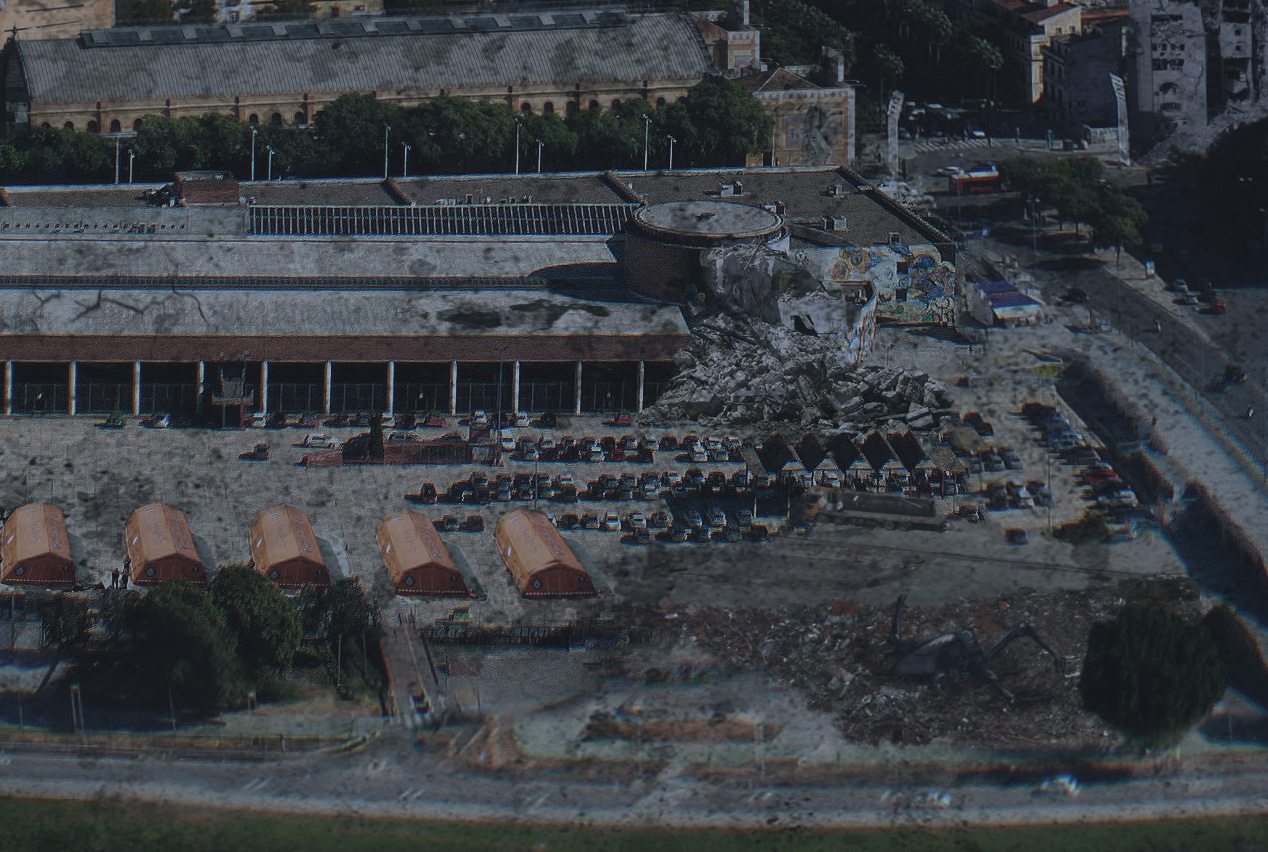

However, there had been countless cases that gave faint hope. Multitude of anonymous heroes who, during the Seville disaster, had risked their lives to save others. Taxi drivers who had been transporting wounded people to hospitals, dodging explosions and energy shots. Firefighters who suffered extensive burns to rescue young children from burning buildings. Hundreds of police officers tried to save civilians and fight the enemies, most of them dying. Not just them. Since that morning thousands of volunteers crowded into medical centers to donate blood. Something really urgent, since all the reserves had been exhausted throughout the night. If the world will remember something, it is how Sevillian society came together to face this tragedy.
On the other hand, military units had not stopped arriving in Seville and its surroundings. Tanks and other armored vehicles could be seen around every corner of the city’s main avenues, as well as the thunderous passing of combat planes and helicopters, which did not stop flying over the city’s perimeter. At different points where it was believed that there were remains of the alien ships, very strict security perimeters had been established. All kinds of rumors began to emerge on social media about the desperate search for alien artifacts. There were even those who warned that members of the special forces were taking some bodies and wounded from impact points, believing that they had had some type of interaction with the aliens. No official statement had been made in this regard. But it was true that mysterious convoys of black military jeeps kept entering and leaving the facilities of the European Aerospace Center, where the new army command center for the city had been set up.
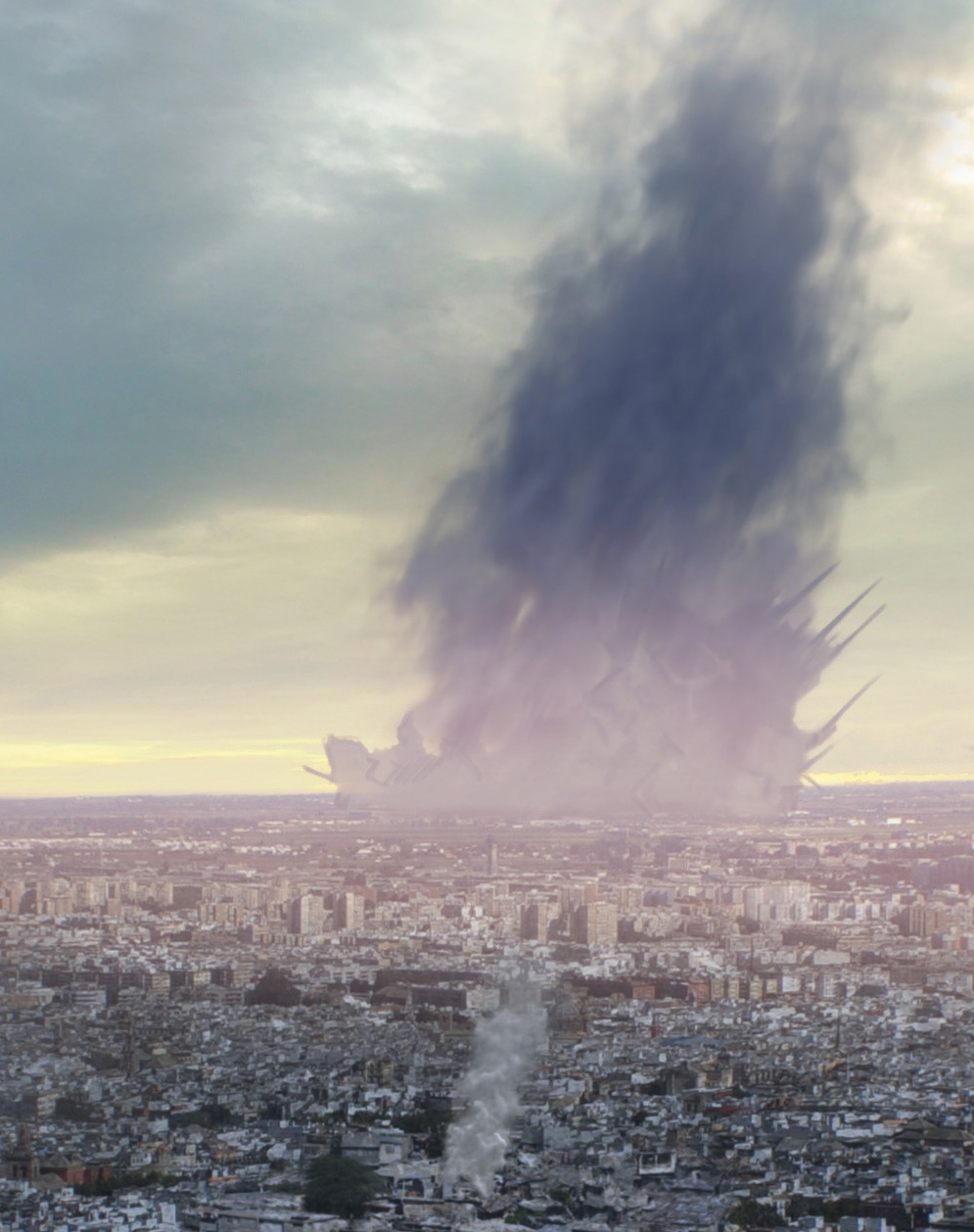
The city of Seville had been terribly wounded, but it was not willing to succumb to tragedy. That dawn had brought the ashes of great pain, but everyone felt the urgent need to recover, to look up and rebuild what was destroyed. It was going to take a lot of time, a lot of money, a lot of effort on everyone’s part. But they were convinced that the city would shine with its own light again. Its inhabitants were willing to be an example to follow for all humanity. To show that no matter how great the threat, if they remained united they would face it successfully.
They were not alone. Seville had been the victim of that devastating attack. They had all witnessed his fierce resistance, his desperate fight, and how he had emerged victorious against all hope. His spirit went very deep. The entire international community was shocked and with the clear will that everyone had to speak with one voice, go in the same direction, if they wanted humanity to survive future extraterrestrial attacks. The time had come to truly act together. And finally, for the first time in human history, they had a common stronghold under which to fight. The spirit of Seville.

